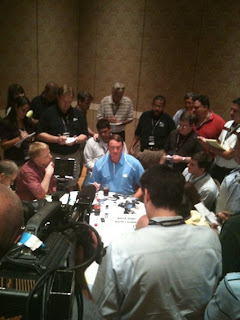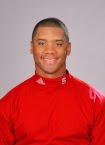North Carolina opens practice Friday afternoon in Chapel Hill, and while the immediate questions will be about the status of the NCAA investigation, the long-term issues for the Tar Heels will be whether its remarkable talent on defense will can close out games in 2010.
UNC won eight games last season for the second straight year as the turnaround under Butch Davis continued. The season could have been remarkable, but Carolina couldn’t hold fourth-quarter leads against Florida State, N.C. State and Pittsburgh. And the UNC defense couldn’t get off the field in critical situations against Georgia Tech and Virginia, contributing to both of those losses.
Tech had an eight-minute drive for a score in the fourth quarter that seemed to last as long as the Korean War and the Jackets won, 24-7.
It was easy to assume Carolina simply struggled against Tech’s unique offense, but the fourth-quarter failings would continue. The next week, Virginia drove for a touchdown with 3:33 left and won, 16-3.
Three painful fourth-quarter failures would follow. Florida State rallied from 18 points down on a Thursday night ESPN game and won, 30-27. N.C. State’s Russell Wilson nailed Owen Spencer for a 38-yard score on the second play of the fourth quarter of Tom O’Brien’s annual victory over the Heels. And Pittsburgh kicked a field goal with 52 seconds left to win the Meineke Car Care Bowl, 19-17.
UNC’s offense should be better this season, and that’s a factor. The receivers will be more experienced and Carolina probably won’t have to patch the line together the way it did in 2009. Regardless of your view of T.J. Yates, he had a tough hand to play last season. Shaun Draughn, Ryan Houston and Greg Little are all more experienced. It’s not a great offense but it should provide the defense more help.
Still, great defenses close out games. Carolina has NFL talent combined with high aspirations – to achieve those will require some stout efforts by its defenders when games are on the line.








